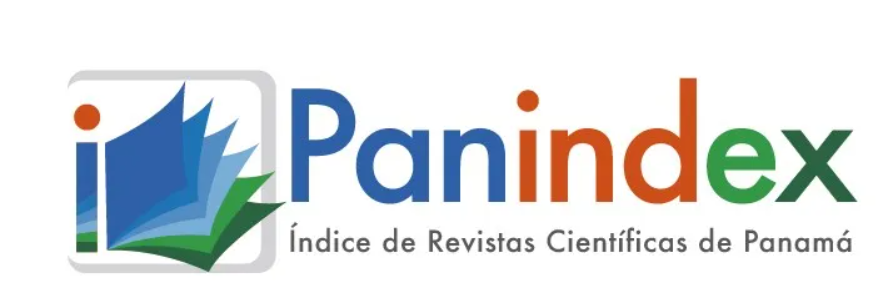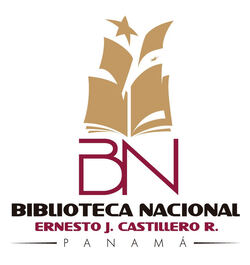The content of the publications and the links suggested in them are the sole responsibility of the authors and not of the Metropolitan University of Education, Science and Technology (UMECIT) or of the journal ORATORES. They are protected by international copyright laws as well as the logos of UMECIT AND ORATORES, hence their reproduction is totally prohibited.
This work is licensed under a Creative Commons Attribution-NonCommercial-NoDerivatives 4.0 International License.
The authors maintain the copyright and transfer the right of the first publication to the journal, with the article registered with Creative Commons Attribution-NonCommercial-NoDerivatives License, which allow others They can download the works published in this magazine and share them with other people, as long as their authorship is recognized, but they cannot be changed in any way nor can they be used commercially.
Authors are recommended to include their work in social networks such as Researchgate and institutional repositories once the article or visible fact has been published on the journal page, without forgetting to include the digital document identifier and the name of the journal.



Abstract
The objective is to propose a management model for autonomous air and land transportation technologies in home logistics. The epistemological foundation is based on the positivist paradigm, quantitative method and descriptive and correlational approaches. The research was of an explanatory, field type, with a non-experimental and descriptive transactional design, the sample corresponds to twenty-eight (28) courier companies, selected through intentional non-probabilistic sampling based on selection criteria. The research was developed using the survey technique, with a questionnaire of fifty-three (53) items; which was validated through expert judgment. The results obtained from the Autonomous Transportation Technology variable generally indicated little presence of the proposed indicators. However, the results suggest that, although there is currently little availability of options in the market for autonomous vehicles suitable for the urban transportation of goods in the population under study, the adoption of autonomous transportation technologies and the automation of business processes are projected. as attractive options to improve the management of home delivery companies in Valledupar. The data presented previously suggests that the majority of respondents agree that technology can be useful to better organize delivery routes, optimize merchandise collection processes and improve overall efficiency. Subsequently, based on the information collected in the research, the technological management model was generated for home logistics companies that implement autonomous land and air transportation systems.
Keywords
References
Mauleón Torres, M., & Prado Larburu, M. (2021). Logística Inbound: Tomo I de Logística para Siglo XXI (Vol. 1). Ediciones Díaz de Santos.
Coello Rosado, B. S. (2022). Diseño de un modelo de logística pivot descentralizado para la entrega de pedidos a domicilio en la ciudad de Guayaquil (Master's thesis).
Chmaj, G., & Selvaraj, H. (2015). Distributed processing applications for UAV/drones: a survey. In Progress in Systems Engineering (pp. 449-454). Springer, Cham.
Frazzoli, E., Dahleh, M. A., Feron, E. (2002). Real-time motion planning for agile autonomous vehicles. Journal of Guidance, Control, and Dynamics, 25(1), 116-129.
Sonneberg, M. O., Leyerer, M., Kleinschmidt, A., Knigge, F., & Breitner, M. H. (2019, January). Autonomous unmanned ground vehicles for urban logistics: Optimization of last mile delivery operations. In Proceedings of the 52nd Hawaii International Conference on System Sciences.
Garg, S., Aujla, G. S., Kaur, K., & Shah, S. H. A. (Eds.). (2022). Intelligentcyber-physical systems for autonomous transportation. Springer.
Huang, H., Savkin, A. V., & Huang, C. (2020). A new parcel delivery system with drones and a public train. Journal of Intelligent & Robotic Systems, 100(3), 1341-1354.
Kassai, E. T., Azmat, M., & Kummer, S. (2020). Scope of Using Autonomous Trucks and Lorries for Parcel Deliveries in Urban Settings. Logistics, 4(3), 17.
Manners-Bell, J., & Lyon, K. (2019). The logistics and supply chain innovation handbook: Disruptive technologies and new business models. Kogan Page Publishers.
Milakis, D., van Arem, B., van Wee, B. (2017). Policy and society related implications of automated driving : a review of literature and directions for future research. Journal ofIntelligent Transportation Systems: Technology, Planning, and Operations 21 (4), 324–348.
Perboli, G., & Rosano, M. (2019). Parcel delivery in urban areas: Opportunities and threats for the mix of traditional and green business models. Transportation Research Part C: Emerging Technologies, 99, 19-36.
Shakhatreh, H., Sawalmeh, A. H., Al-Fuqaha, A., Dou, Z., Almaita, E., Khalil, I., ... & Guizani, M. (2019). Unmanned aerial vehicles (UAVs): A survey on civil applications and key research challenges. Ieee Access, 7, 48572-48634.
Somolinos, A. Z. (2020). Vehículos automatizados y derecho. La influencia de la conducción automatizada en la responsabilidad civil automovilística y en el seguro obligatorio de automóviles (Doctoral dissertation, Universidad Carlos III de Madrid).
Downloads
Publication Facts
Reviewer profiles N/A
Author statements
- Academic society
- Universidad Metropolitana de Educación, Ciencia y Tecnología
- Publisher
- Universidad Metropolitana de Educación, Ciencia y Tecnología



















